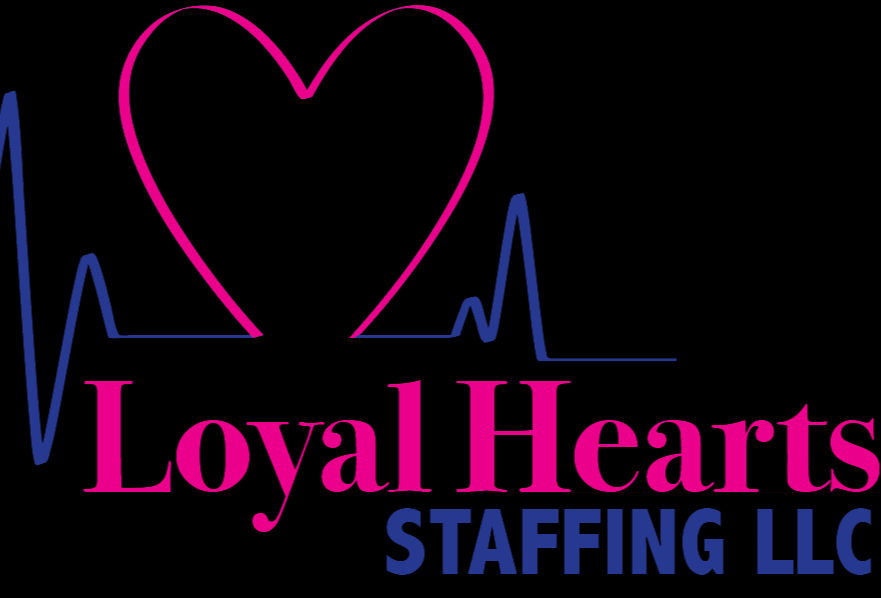General rules in respiratory physiotherapy
- April Swanson

- Nov 29, 2022
- 1 min read
Set of measures taken by the nurse to help mobilize and eliminate the secretions produced in the respiratory tract. These measures can be: assisted cough, incentive inspirometer, postural drainage, percussion drainage, vibration drainage, and diaphragmatic breathing.
Objectives:
– To keep the patient’s airways permeable and free of secretions. – Facilitate expectoration. – Prevent respiratory infections. – Enhance the use of respiratory muscles. – Improve well-being and facilitate breathing. – Educate the patient and family on how to mobilize and eliminate secretions.
Equipment:
– Stethoscope.
Material:
– Nursing records.
Procedure:
– Define a plan of respiratory physiotherapy exercises after patient assessment. – Preserve the patient’s privacy. – Inform the patient and family of the procedure to be followed. – Request the collaboration of the patient and family. – Apply the exercise plan of respiratory physiotherapy. – Observe the patient’s tolerance to the respiratory physiotherapy exercises and his/her comfort. – Control the amount and type of sputum expectoration. – Check the correct functioning of the stethoscope. – Auscultate the affected lung segments to check the effectiveness of the technique. – Record in the nursing documentation: procedure, reason, date and time, incidences, and the patient’s response.
Observations:
– Respiratory physiotherapy is contraindicated in: patients with cyanosis or dyscyanosis caused by physical therapy, increased pain or discomfort, patients with prolonged bleeding and increased coagulation times, obesity, and patients predisposed to pathological fractures. – Use fun techniques to stimulate deep breathing in children (blowing bubbles, blowing a whistle, harmonica, balloons, ping-pong ball blowing contest, etc.)








Comments